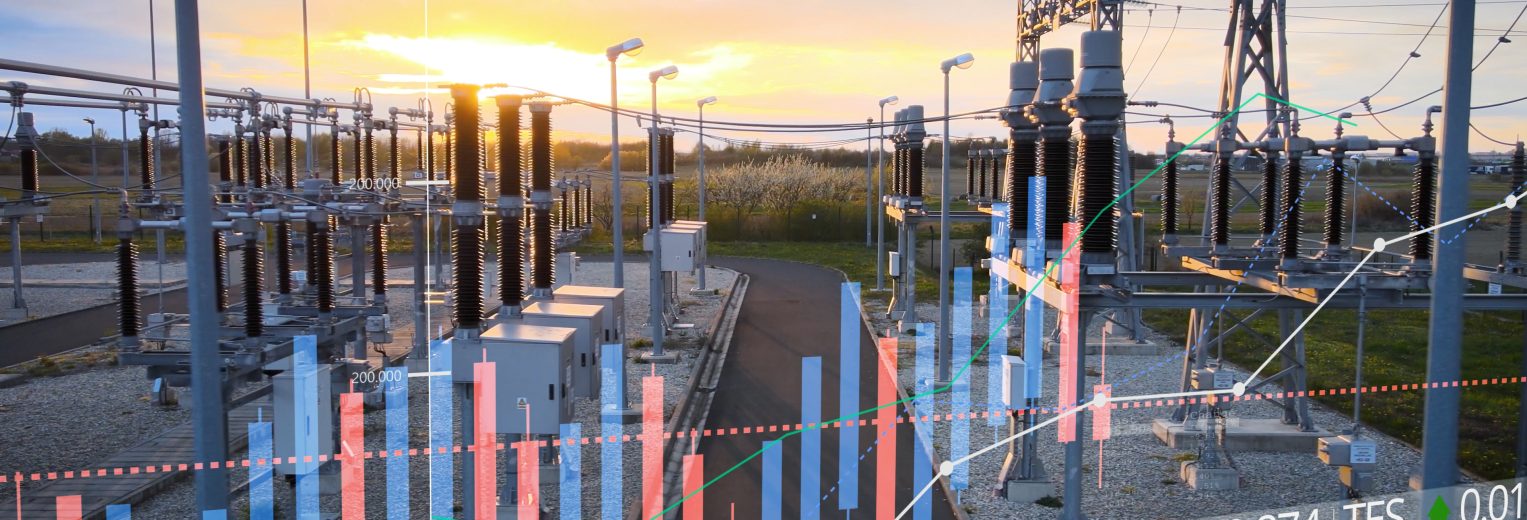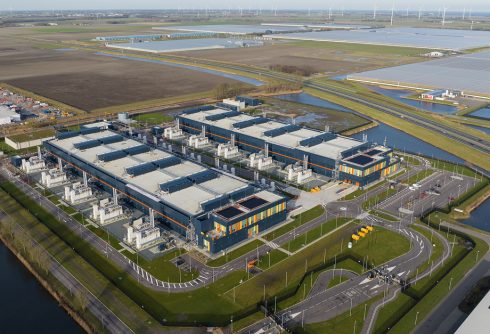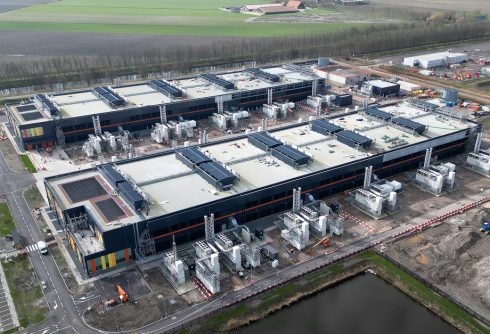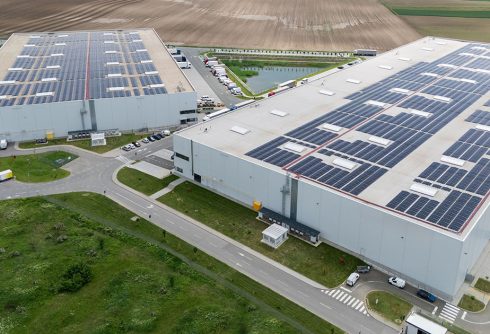Power transformer demand has skyrocketed since 2019, while some units now cost 150% more than they did in 2020. For energy infrastructure stakeholders, these statistics represent market trends and signal future project delays, budget overruns, and competitive disadvantages that could impact operations for decades.
The perfect storm of surging electricity consumption, aging grid infrastructure, and supply chain disruptions has created a transformer shortage that continues to derail critical energy projects across North America. Without strategic action, organizations face extended lead times, inflated costs from tariff impacts, and the risk of project cancellations that could set back infrastructure modernization by years.
How Tariffs Are Reshaping Transformer Economics
Recent tariff implementations have fundamentally altered transformer pricing structures across the industry. The planned 50% tariff on copper will impact both imported and domestically manufactured transformers, potentially adding $50,000 to $200,000 to large power transformer costs. Grain-oriented electrical steel (GOES) prices have nearly doubled since 2020, representing another 25-30% of transformer material costs.
The tariff effects on prices extend beyond direct material costs. Import tariffs on finished transformers have prompted utilities to seek domestic alternatives, but limited domestic manufacturing capacity means longer lead times and premium pricing. Organizations that fail to account for these tariff-driven cost increases risk significant budget shortfalls and project delays.
Supply Chain Disruptions Drive Extended Lead Times
Manufacturing capacity constraints have transformed transformer procurement into a strategic planning challenge. Lead times for large power transformers have escalated from 50 weeks in 2021 to an average of 120 weeks in 2024, forcing project managers to restructure development timelines. The U.S. market’s heavy reliance on imports (projected to reach 80% for power transformers by 2025) exposes organizations to global supply chain vulnerabilities. Manufacturing bottlenecks and shipping delays create unpredictable delivery schedules that can derail project milestones.
While domestic manufacturing investments totaling $1.8 billion since 2023 offer hope for future capacity improvements, these expansions won’t address current shortages. Recent announcements from WEG and Siemens Energy represent positive developments that won’t help projects needing transformers in the next two years.
Rising Demand Outpaces Manufacturing Capacity
Electricity consumption has surged 7% since 2020, reversing a decade-long decline and creating sustained pressure on transformer demand. This increase stems from data center expansion, electric vehicle charging infrastructure, and renewable energy project development. Distribution transformer demand has increased 41% since 2019, while power transformer demand has grown 116%. This demand surge coincides with aging infrastructure replacement needs, as many transformers from the 1960s-1970s building boom require replacement after reaching their design life.
The supply-demand mismatch has created a projected 30% deficit for power transformers and 10% shortfall for distribution transformers by 2025. These shortages force utilities to compete for limited inventory, driving prices higher and creating seller’s market conditions. Northfield Transformers helps energy infrastructure decision-makers navigate these challenges through global partnerships, accelerated procurement processes, and cost-effective solutions that keep projects on schedule and within budget, even in today’s constrained market environment.
Strategic Procurement Reduces Cost Impact
Organizations can mitigate rising transformer costs through strategic procurement approaches that account for current market realities. Early procurement planning, placing orders 18-24 months before installation needs, helps secure current pricing and manufacturing slots before further cost increases and capacity constraints develop. Flexible design specifications enable procurement teams to work with available transformer models rather than custom configurations that require longer lead times and premium pricing. Standardizing transformer specifications across multiple projects creates economies of scale and simplifies procurement processes while reducing engineering and manufacturing costs.
Partnership with specialized procurement companies provides access to global supply networks and manufacturer relationships that individual organizations cannot develop independently. These partnerships offer market intelligence, bulk purchasing power, and supply chain management expertise that helps organizations navigate complex international procurement processes while maintaining quality standards and delivery schedules.
Learn More
Northfield Transformers specializes in high-voltage power transformer procurement with global manufacturing partnerships across North America, Europe, and Asia. Our expertise and established supplier relationships enable us to deliver quality transformers with lead times significantly shorter than industry averages, helping organizations avoid project delays and budget overruns caused by supply chain disruptions.
Our comprehensive approach includes market analysis, supplier vetting, quality assurance, and logistics management that ensures reliable delivery of critical infrastructure equipment. Whether you’re developing renewable energy projects, upgrading utility infrastructure, or expanding data center capacity, Northfield’s global network and procurement expertise provide the competitive advantage needed in today’s challenging market environment.
Ready to secure your transformer supply and protect your project timelines? Explore our specialized solutions for data center infrastructure and renewable energy projects, or contact our procurement team to discuss your specific requirements and learn how our global partnerships can deliver the transformers you need on schedule and within budget.
FAQs
How much have transformer costs increased since 2019?
Transformer costs have risen significantly, with some units experiencing price increases up to 150% since 2020. Power transformer demand has surged 116% since 2019, while distribution transformer demand increased 41%, creating supply-demand imbalances that drive costs higher. Material costs, particularly copper and grain-oriented electrical steel, have nearly doubled, directly impacting manufacturing expenses.
What are the current lead times for power transformers?
Lead times for large power transformers have extended from approximately 50 weeks in 2021 to an average of 120 weeks in 2024. This dramatic increase stems from manufacturing capacity constraints, supply chain disruptions, and surging demand that outpaces production capabilities. Organizations should plan transformer procurement 18-24 months before installation needs to secure delivery schedules. You may use our lead time calculator to plan your delivery schedule.
How can Northfield Transformers help reduce procurement costs and lead times?
Northfield Transformers leverages global manufacturing partnerships across three continents to provide access to diverse supply sources and competitive pricing. Our established supplier relationships and bulk purchasing power enable us to secure transformers with lead times significantly shorter than industry averages while maintaining quality standards and cost-effectiveness for our clients.
What impact do tariffs have on transformer pricing?
Transformer tariffs significantly impact pricing through multiple channels. The planned 50% copper tariff could add $50,000 to $200,000 to large power transformer costs, while grain-oriented electrical steel price increases affect another 25-30% of material costs. These tariff effects on prices compound with supply chain constraints to create substantial cost increases beyond traditional budget projections.









